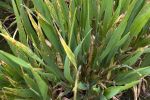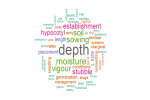Key points
- After a decade of system comparisons, this iteration of the Northern Farming Systems project is winding up
- Over the course of the project, experiments occurred at seven locations testing five systems – including a baseline that represents local best management practice, higher nutrient, higher legume, and higher and lower cropping intensity
- A core experimental site at Pampas near Toowoomba compared 38 farming systems by implementing multiple system modifications at once
Northern Farming Systems research has tested various systems across the past decade, but a standout lesson has been that understanding soil water availability is crucial to profitable decision-making
When it comes to decisions on farming systems’ intensity, Goondiwindi – about four hours’ drive south-west of Brisbane – is at the crossroads.
As Queensland Department of Primary Industries (DPI) research agronomist Andrew Erbacher says, research at Goondiwindi validates both sides of the high-intensity versus low-intensity argument.
“In some ways, Goondiwindi is the middle, and it does not matter which side you take –
it depends on the season that year. East of Goondiwindi, towards the coast, high-intensity cropping is more profitable. And to the west, it’s low-intensity cropping.”
Over the past decade, farming systems research has tested various systems from
high to low cropping intensities and varying nutrient strategies – including manure and legume use. Experiments have occurred at seven locations from Central Queensland to central NSW, with Tom Woods’s farm at Billa Billa, near Goondiwindi, one of them.
Led by Mr Erbacher, the Billa Billa site was one where the baseline system – a conservative zero-till approach targeting one crop a year – performed significantly better than any of the other systems (see breakout story).
MCA Agronomy’s Stuart Thorn says the results validate what MCA and the Woods have “spent a long time trying to perfect”.
“It has put some data behind why it’s successful in the long run. We have spent a lot of time trying to understand crop sequencing and it’s not always easy. So, being able to compare sequences and put some data around that is key. That’s what clients need to know in the long term.”
Mr Thorn says the trial’s longevity is also important. “The longer a trial runs the better. The data is more useful, and it takes out the wet seasons or other anomalies.”
Mr Woods hopes the research continues because farming systems take a long time to develop. His systems at Billa Billa have changed over the decades, perhaps most notably when he changed to zero-till farming in the 1980s.
Mr Woods was an early pioneer of the practice. “We had never seen productivity gains like it,” he recalls. “But then the diseases came, and we had to start rotations.
“The challenges were immense, but we’ve made it down that road and now we are keen on farming systems and doing all the work with Andrew. For example, do we double-crop when we have enough moisture? He calculates all the gross margin information for decision-making.
“For us, moisture is key and preserving it feeds into all our decisions.”
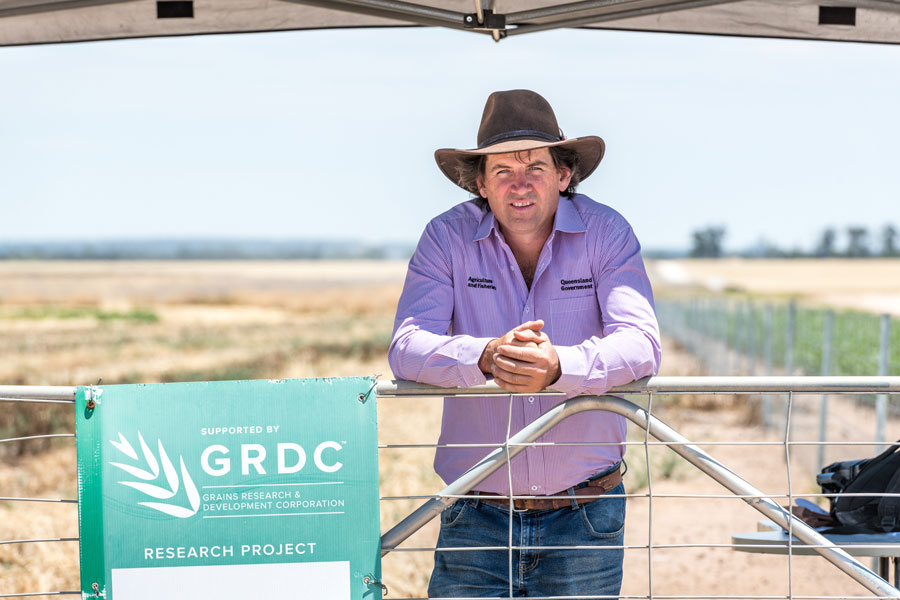
Queensland Department of Primary Industries (DPI) research agronomist Andrew Erbacher says research at Goondiwindi validates both sides of the high-intensity versus low-intensity argument. Photo: LucyRC Photography
Soil water
Mr Thorn says the experiments helped put data behind what they had always seen – the importance of measuring and understanding soil water availability before planting. “It is critical to making good cropping decisions.”
Project leader Dr David Lawrence says the research demonstrates that decisions on the soil water required for sowing and crop choice are critical profitability drivers.
The intensity of the farming system – that is, the proportion of time when crops are growing – and the associated reliance on in-crop rainfall versus soil water accumulated during fallows is a significant driver of many performance indicators.
“Therefore, understanding soil water availability and factors influencing its accumulation and use – via ground cover for example – is vital information required to make better decisions that ultimately result in improved system profitability over the long term.” Dr Lawrence says.
On-farm trials
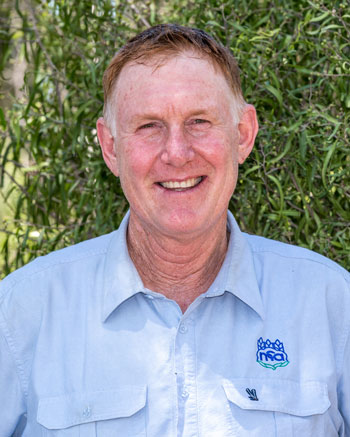 MCA Agronomy’s Stuart Thorn says the DPI results validate what MCA and the Woods have “spent a long time trying to perfect”. Photo: LucyRC Photography
MCA Agronomy’s Stuart Thorn says the DPI results validate what MCA and the Woods have “spent a long time trying to perfect”. Photo: LucyRC Photography
Late last year, Mr Erbacher and his team took their post-harvest soil samples from the site at Billa Billa. They were joined by Mr Woods and Mr Thorn. “Great croppers like Tom, who have allowed us to play in the sandbox, are highly valuable,” Mr Erbacher says.
“The five hectares that Tom has gifted our research has allowed me to research farming systems, cover cropping, companion cropping and have a play with some summer chickpeas.
It has also allowed the University of Southern Queensland to do some trials on Ascochyta and DPI’s Dr Melina Miles to work on Helicoverpa.”
He also says the interaction between growers such as Mr Woods and keen agronomists such as Mr Thorn has helped shape and improve the research.
Farming Systems South project
In 2023, a similar, southern project began in South Australia and Victoria. Led by the University of Adelaide’s Dr Matthew Knowling, the four-and-a-half-year project involves nine field sites that cover different soil types and rainfall zones.
Like the northern project, this GRDC and University of Adelaide-supported project aims to explore how farm management decisions affect profitability and sustainability. “Our goal is to uncover the key trade-offs between different cropping systems.”
The trials investigate crop rotation and sequence attributes, the role played by brown manuring, pastures and hay crops, and in-season decisions and nitrogen application strategies.
“We are also exploring new cropping systems that growers want to understand in terms of their potential, but can’t afford to try on a working farm,” Dr Knowling says.
This includes a ‘pulse-on-pulse’ system and intercropping.
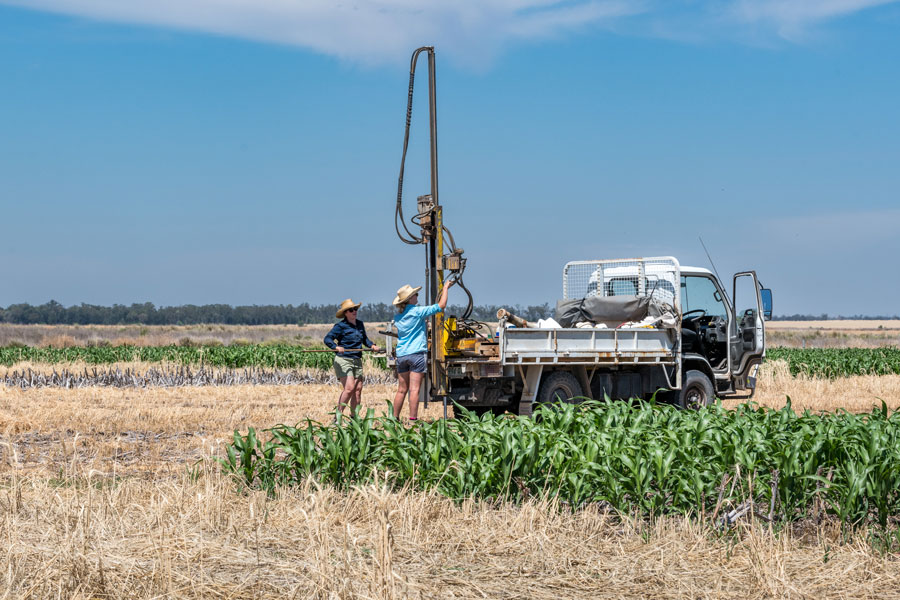
Late last year, Queensland Department of Primary Industries (DPI) researchers Meg Tate and Isabella Macpherson took their post-harvest soil samples from the site at Billa Billa. Photo: LucyRC Photography
More information: Dr Matthew Knowling, matthew.knowling@adelaide.edu.au
